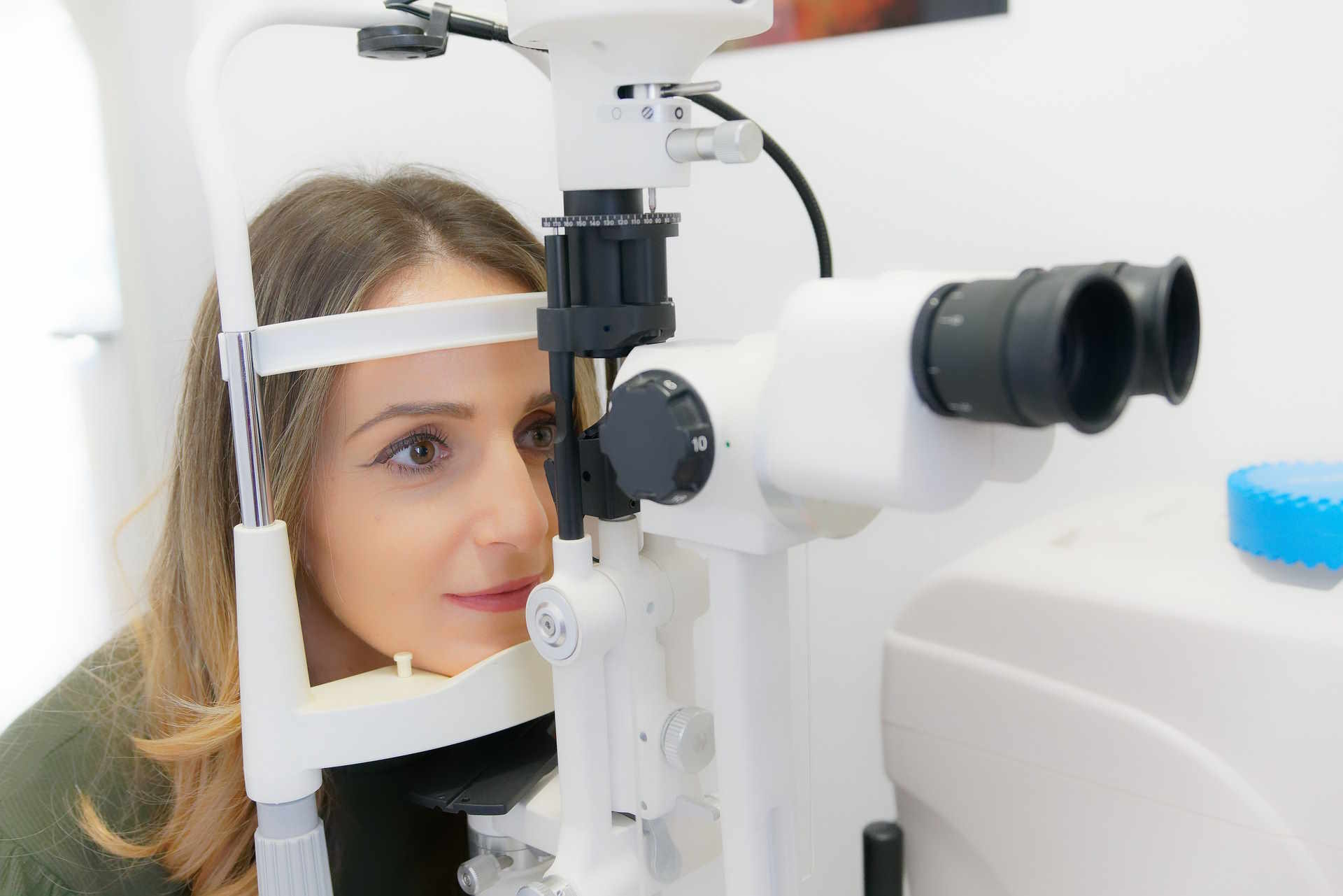How screen use and workspace factors contribute to transient visual haze
Transient visual haze—temporary blurring or cloudiness of vision—is commonly reported by people who spend long hours on screens or work in suboptimal environments. This article examines how screen habits, lighting, posture, and short-term physiological changes can reduce visual acuity and produce symptoms that often resolve with simple adjustments.

Transient visual haze refers to temporary reductions in clarity of sight—often described as blur, cloudiness, or a softening of edges. Many individuals notice these changes after prolonged screen use, during extended reading, or in poorly arranged workspaces. Understanding the mechanisms involved, how to assess symptoms, and where optometry or ophthalmology fit into diagnostics helps separate benign, reversible causes from conditions requiring further medical evaluation.
This article is for informational purposes only and should not be considered medical advice. Please consult a qualified healthcare professional for personalized guidance and treatment.
How screen use affects vision and acuity
Prolonged screen exposure can contribute to reduced acuity and a sense of visual haze through several mechanisms. Extended near focus reduces blink rate, increasing tear-film instability and ocular surface dryness; this produces fluctuating blur. Small-font reading or high visual demand can also lead to accommodative strain, where the eye’s focusing muscles fatigue, causing transient refractive changes. Blue-light exposure, contrast levels, and screen glare influence perceived sharpness, while frequent task-switching between distances may temporarily impair clear focus until the visual system readjusts.
Workspace ergonomics and blur prevention
Workspace design influences symptoms of blur and visual discomfort. Poor lighting—either too dim or harsh overhead light—creates contrast problems and pupil size changes that affect depth of focus and perceived haze. Monitor position that is too high, low, or close can force awkward head and neck posture, altering gaze angle and tear distribution. Simple prevention measures include adjusting monitor distance and height, optimizing ambient light, using anti-glare filters, improving humidity to reduce dry eye, and scheduling screen breaks to encourage blinking and accommodative rest.
When to seek optometry or ophthalmology assessment
If transient haze is frequent, persistent, or accompanied by other symptoms—such as persistent pain, flashes, sudden loss of vision, persistent double vision, or new neurological signs—referral for professional assessment is warranted. An optometry visit often begins with refraction to check whether a change in prescription is causing blur, followed by slit-lamp and ocular surface evaluation. Ophthalmology assessment may be recommended for suspected retina issues, intraocular inflammation, or when imaging and specialist interventions are necessary. Timely assessment helps distinguish benign screen-related blur from ocular pathology.
Refraction, retina, and imaging in diagnostics
Objective diagnostics help clarify the cause of visual haze. Refraction testing quantifies refractive error and accommodative function; correcting an undetected prescription change can resolve persistent blur. Retinal examination evaluates the macula and peripheral retina for signs of edema, detachment, or vascular changes. Imaging modalities—such as optical coherence tomography (OCT), fundus photography, and anterior-segment imaging—provide detailed structural information. For cases where inflammation or subtle retinal changes are suspected, these tools are essential components of a thorough diagnostics approach.
Neurology, inflammation, and rehabilitation for symptoms
Not all transient haze is purely ocular. Neurology can be involved when visual processing pathways or cortical adaptation are affected—examples include migraine aura, transient ischemic events, or persistent visual snow. Inflammatory conditions, whether ocular (uveitis) or systemic, may also present with blurred vision and require targeted medical treatment. When symptoms persist after initial ocular correction and environmental adjustments, multidisciplinary assessment including neurology and inflammatory work-up may be indicated. Rehabilitation strategies—such as vision therapy for accommodative or binocular dysfunction—can help restore function in suitable cases.
Practical assessment and prevention strategies
A structured self-assessment can identify modifiable contributors. Track patterns: timing of blur relative to screen work, duration, associated dryness or headaches, and whether symptoms improve with breaks. Basic in-office measurements include checking near and distance acuity, evaluating blink rate and tear-film quality, and assessing posture and monitor ergonomics. Prevention focuses on environmental and behavioral changes: 20-20-20 breaks (look 20 feet away every 20 minutes for 20 seconds), intentional blinking, adjusting screen contrast and font size, using proper lighting, and ensuring an up-to-date refraction. For persistent or worsening symptoms, schedule an optometry or ophthalmology assessment for diagnostics and tailored management.
Conclusion Transient visual haze associated with screen use and workspace factors is common and often reversible with ergonomic adjustments, blink restoration, and appropriate refractive correction. However, persistent, recurrent, or alarming symptoms warrant timely professional assessment to rule out retinal, inflammatory, or neurological causes. Combining practical prevention measures with informed diagnostics helps protect visual acuity and maintain functional comfort during prolonged visual tasks.






